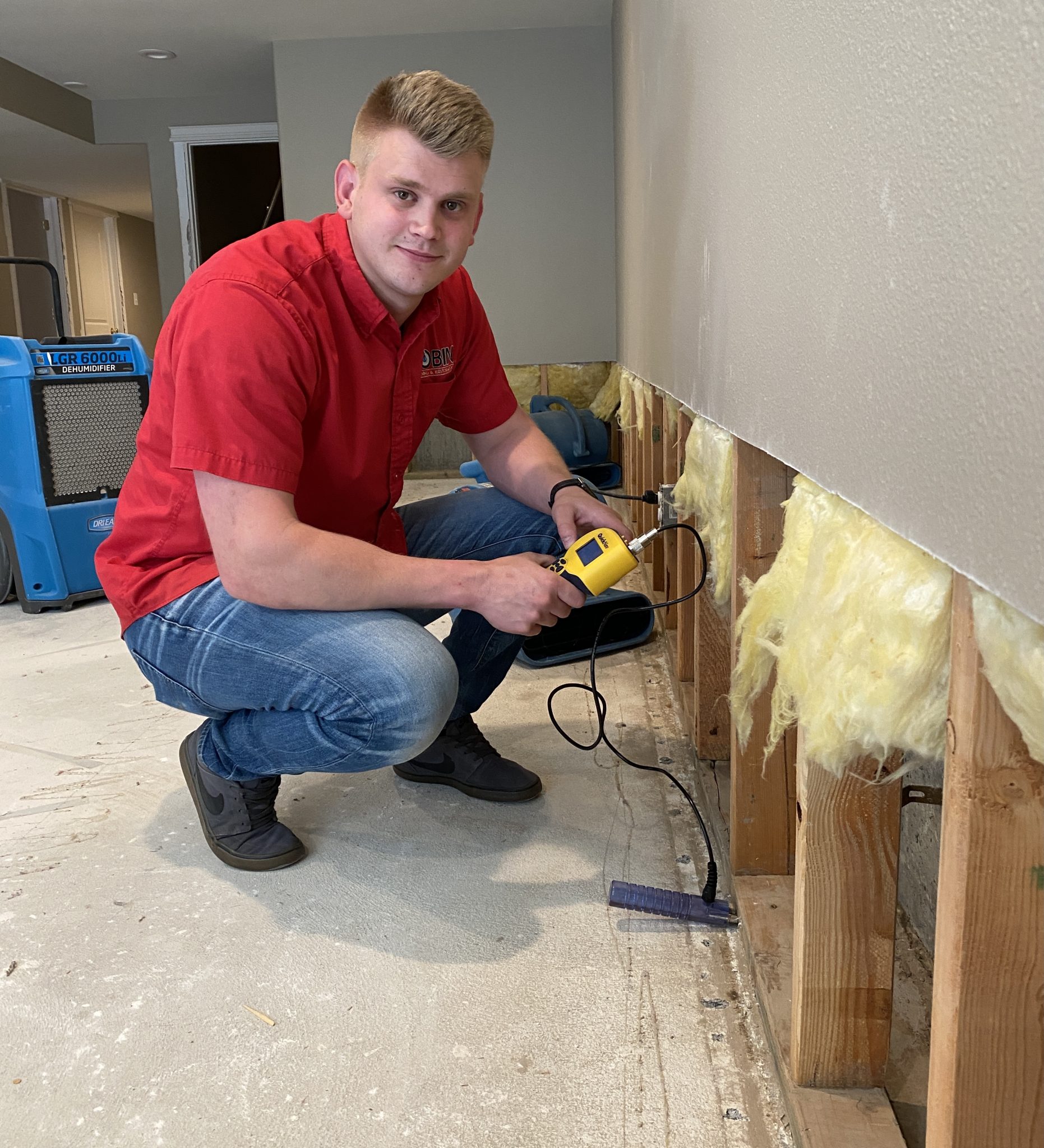Moisture is a silent adversary that can wreak havoc on the structural integrity of our homes, often lurking behind walls and beneath surfaces. Identifying and addressing hidden moisture is a critical aspect of any restoration project, ensuring a thorough and effective recovery.
The Importance of Moisture Testing
Before embarking on any restoration journey, it’s crucial to understand why moisture testing is at the forefront of the battle against unseen water damage. Unchecked moisture can lead to mold growth, compromising the indoor air quality and posing potential health risks. Moreover, excessive dampness weakens the structural components of a building, potentially causing irreparable damage over time.
Non-Invasive Techniques
The first rule of moisture testing is to be as non-invasive as possible. After all, we’re here to restore, not to cause more disruption. Our skilled technicians employ advanced moisture meters that utilize electromagnetic technology to detect moisture levels beneath the surface without any damage to your walls. This allows us to pinpoint problem areas accurately.
Infrared Thermography
Imagine having a superhero-like vision that can see through walls – that’s the power of infrared thermography in moisture testing. Our restoration experts use high-tech infrared cameras to detect temperature variations associated with moisture, highlighting potential trouble spots. This non-contact method is fast, efficient, and incredibly accurate.
Probing the Depths
When it comes to precision, moisture probes are the unsung heroes of our restoration arsenal. These slender instruments are gently inserted into materials, providing real-time readings of moisture content. This method is particularly effective for assessing the depth of moisture penetration and ensuring that every nook and cranny is thoroughly examined.
Wood Moisture Equilibrium
Wooden structures are especially vulnerable to moisture, and assessing their moisture content is an art in itself. By understanding the equilibrium moisture content of the surrounding environment, our experts can determine whether wood has absorbed excess moisture, guiding us in crafting a tailored restoration plan.
Visual Inspections
While advanced technology plays a significant role, our human touch remains irreplaceable. A keen eye for detail during visual inspections allows us to identify visible signs of water damage, such as discoloration, warping, or peeling paint. These visual cues, combined with technological precision, provide a comprehensive assessment of the situation.
Moisture testing is not just a step in the restoration process; it’s the cornerstone of a successful recovery. By seamlessly integrating cutting-edge technology with the artistry of human observation, our restoration experts can uncover hidden moisture, ensuring a comprehensive and effective restoration of your cherished space. Remember, with meticulous moisture testing, we don’t just fix walls – we restore homes.


